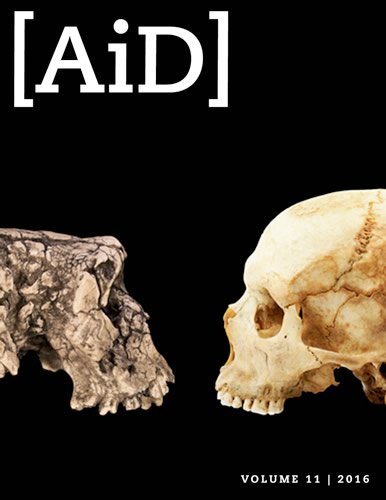
The Design of the Mosquito and Its Dangers
Abstract
Mosquitoes (Family Culicidae) have been the scourge of mankind since the Fall. Although seemingly designed to inflict suffering and pain via rapid reproduction and formidable mouthparts, evidence mounts that this creature was not always the deadly vector it is today. Mosquitoes are currently and have always been pollinators. The majority of their lives they feed on plants, nectar, pollen, and microbes even in today's world. The Zika virus is but the latest of a significant list of pathogens spread by “the world’s most dangerous animal.” In the past, Christians have been involved in key discoveries linking mosquitoes to diseases.
Introduction to Mosquitoes
The Zika virus has taken the medical community by storm (Fig. 1). In early May 2016, Zika was estimated to put 2.2 billion people at risk. The CDC (2016) reported Zika in over 40 states and has stated that
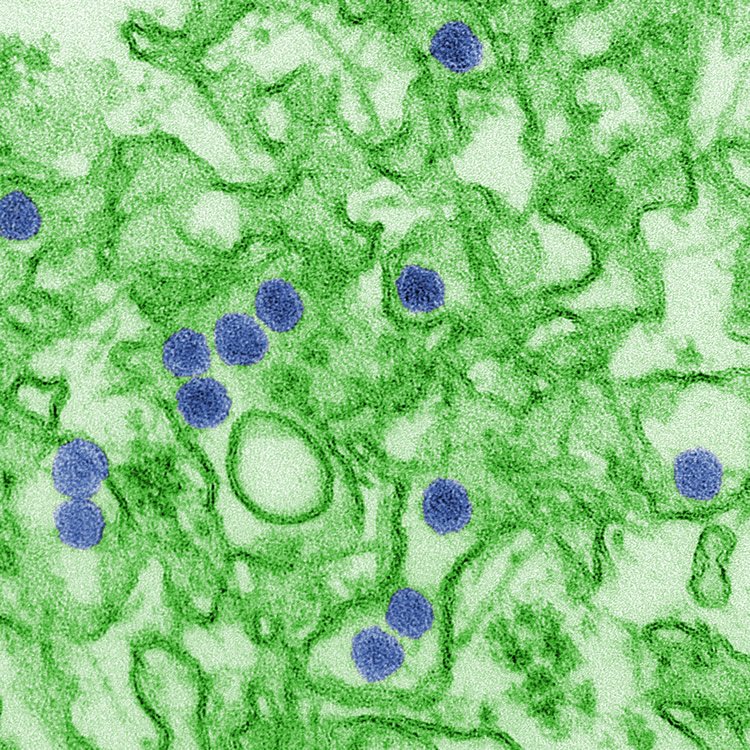
Fig. 1. Zika Virus, color enhanced electron micrograph. Image by Daniel Mietchen, via Wikimedia Commons.
Zika virus disease (Zika) is a disease caused by the Zika virus, which is spread to people primarily through the bite of an infected Aedes species mosquito. . . . The most common symptoms of Zika are fever, rash, joint pain, and conjunctivitis (red eyes). The illness is usually mild with symptoms lasting for several days to a week after being bitten by an infected mosquito. People usually don’t get sick enough to go to the hospital, and they very rarely die of Zika. For this reason, many people might not realize they have been infected. However, Zika virus infection during pregnancy can cause a serious birth defect called microcephaly, as well as other severe fetal brain defects. Once a person has been infected, he or she is likely to be protected from future infections.
Bill Gates, a recurring keynote speaker at the national meeting of the American Society of Microbiology, stated in 2014 that the mosquito is the most dangerous animal on Earth:
What makes mosquitoes so dangerous? Despite their innocuous-sounding name—Spanish for ‘little fly’—they carry devastating diseases. The worst is malaria, which kills more than 600,000 people every year; another 200 million cases incapacitate people for days at a time. It threatens half of the world’s population and causes billions of dollars in lost productivity annually. Other mosquito-borne diseases include dengue fever, yellow fever, and encephalitis.
There are more than 3,500 species of mosquitoes that are found everywhere but Antarctica. That sounds like a lot, but there are millions of species of insects, and only about a hundred feed on human blood. During the peak of their breeding, mosquitoes outnumber every other animal but ants and termites. Historically, they have killed more than those who have died in war. Even during times of relative peace, tens of thousands died from diseases inflicted by mosquito bites during the construction of the Panama Canal. Mosquitoes also affect human migration on a grand scale: in many tropical zones, the effects of malaria cause people to move inland from the coast, where more primitive lifestyle, economic development, and other factors make medical help more difficult to obtain (Gates 2014).
Purpose/Objectives of Paper
Table 1. Fast Facts: Family Culicidae—Mosquitoes
- Pollinator
- Most important vector of human disease
- Extremely important economically, for example, the current Zika scare is a boon to the pesticide industry and devastation to the travel industry in certain areas of the world.
- Feed on birds, mammals, reptiles and amphibians
- Over 3,500 species
- Malaria, Yellow Fever, West Nile, Zika, Dengue, elephantiasis (or filariasis), and St. Louis encephalitis
Mosquitoes and the diseases they cause are notorious. Yet, we read in Genesis 1:31 that God made everything “very good.” If everything that God made was good, where did disease-causing mosquitoes come from? What is the origin of mosquito-borne diseases? Where do mosquitoes fit into the creation account? Were mosquitoes created along with the rest of life in the first week of Creation, or are they a result of the Curse? Are there good mosquitoes? These and other questions have been asked by creation biologists (Gillen 2007), and their answers may surprise you.
The objectives of this paper attempt to answer:
- Why did God create the mosquito, “the world’s most dangerous animal”?
- In a post-Fall world, what diseases do mosquitoes carry?
- How have Christians been involved in key discoveries linking mosquitoes to diseases?
The Very Good Design of the Mosquito: Its Anatomy and Physiology
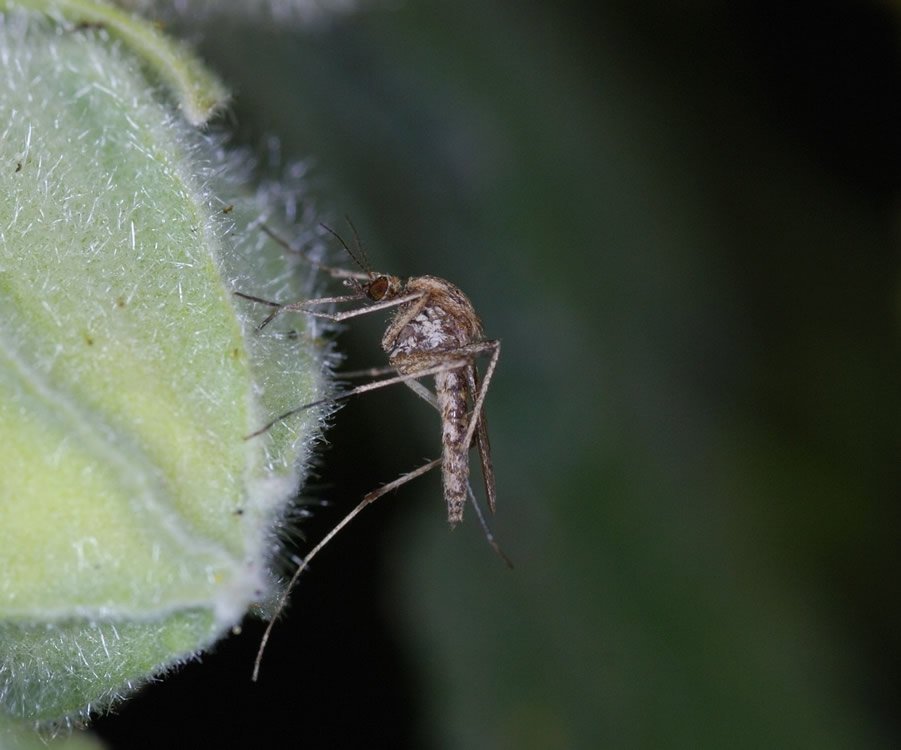
Fig. 2. The anatomy of a typical house mosquito, Culex pipiens. Image by LadyofHats, via Wikimedia Commons.
Of all the insects God created, it is the mosquito (Fig. 2) that has produced the most death and misery in human history. If God made everything good, then where do mosquitoes fit? Male mosquitoes are harmless, designed with mouthparts that can only feed on plant juices and nectar (Fig. 3). Females need protein found in a blood meal to produce eggs. This need for blood is a reproductive (gamete formation) issue, more so than a survival issue. Most female mosquitoes have a large proboscis and stylets for piercing skin. They feed mostly at night on small mammals, primates, and humans. Her sensitive antennae are able to home in on sulcatone and exhaled carbon dioxide by the host—especially if the host is human (Pennisi 2014). By probing the skin they locate a capillary and begin to feed. It is interesting that the human blood-feeding capability of the mosquito is an event that occurred just “thousands of years ago” according to Rockefeller University researchers (2014). It seems to have occurred through a gene called AaegOr4, which codes for an odor receptor (Pennisi 2014). Aedes aegypti has a domestic and a forest form. The domestic form of this mosquito expresses AaegOr4 and has a preference for human odor; the forest form does not express this gene and prefers animal, not human, odors.
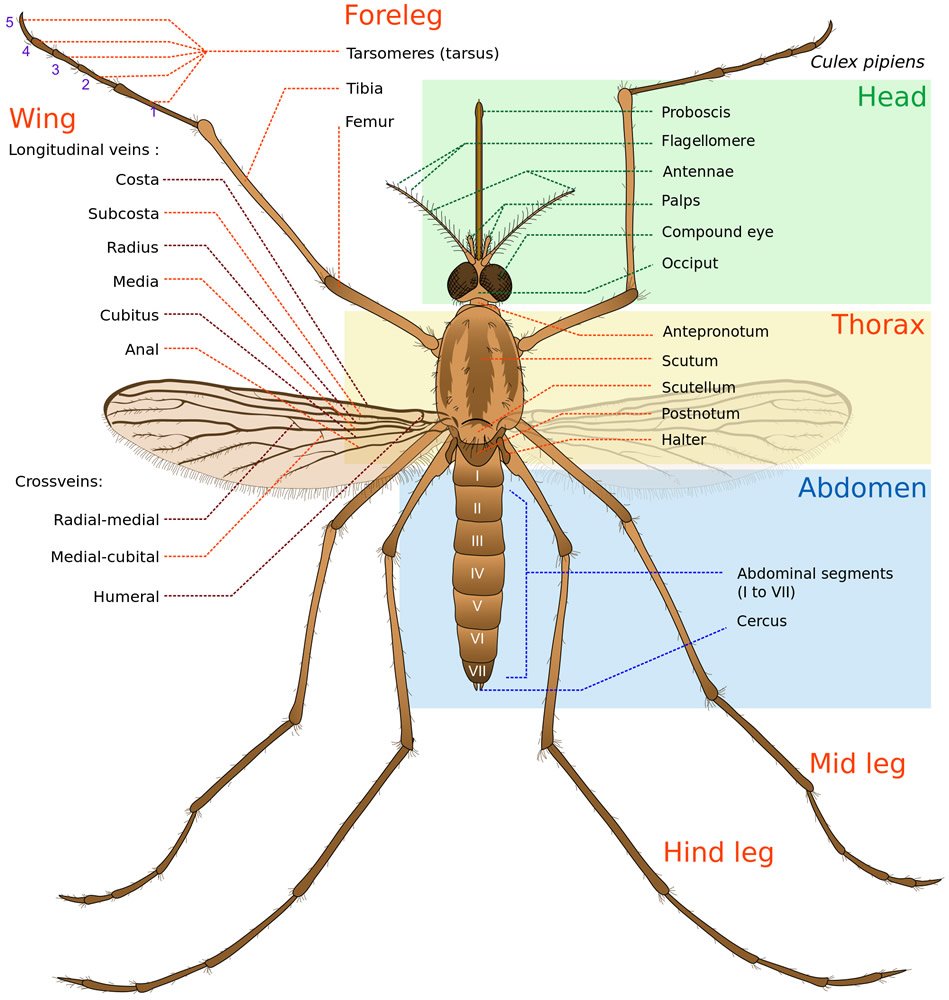
Fig. 3. Mosquito taking plant juices. Image by Abjurnemark, via Wikimedia Commons.
Life Cycle
The mosquito undergoes four separate stages of its life cycle: egg, larva, pupa, and adult (also called imago, Fig. 4; Table 2). Eggs are usually laid in water; then the larval and pupal stages develop in water. Pupae are connected to the surface with an air tube, where the pupa is actually active. Adult females live 4–5 months during winter hibernation, but two weeks during summer. Males can live up to one month. For most of its life cycle, the mosquito eats plants and plant-related materials. Only adult females feed on blood. How long each stage lasts depends on both temperature and species characteristics. For instance, Culex tarsalis, a common California (USA) mosquito, might go through its life cycle in 14 days at 70° F and take only 10 days at 80° F. On the other hand, some species have naturally adapted to go through their entire life cycle in as little as four days or as long as one month.
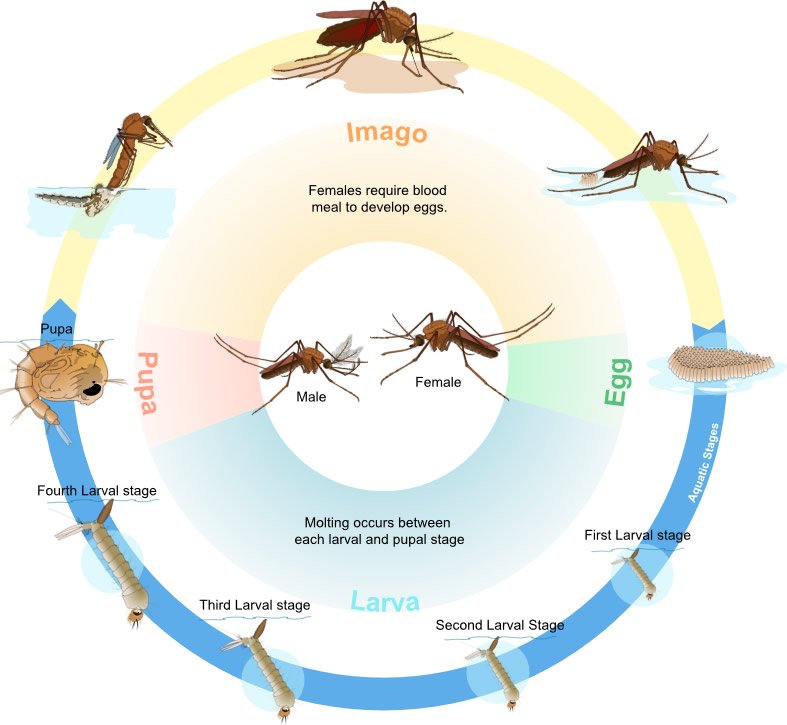
Fig. 4. The life cycle of a typical house mosquito Culex pipiens. Image by LadyofHats, via Wikimedia Commons.
Table 2. Mosquito Life Cycle Dependent Upon Plants and Microbes
- Egg: Eggs are laid one at a time or attached together to form "rafts" that float on water. In Culex, the eggs are stuck together in rafts of up to 200. Anopheles and Aedes, as well as many other genera, do not make egg rafts, but lay their eggs singly. Culex and Anopheles lay their eggs on the water’s surface, while many Aedes lay their eggs on damp soil that may later be flooded. Most eggs hatch into larvae within 48 hours; others might withstand subzero winters before hatching. Regardless, water is a necessary part of their life cycle.
- Larva: The larva lives in water and comes to the surface to breathe. Larvae molt (shed) their skin four times, growing larger after each molt. Most larvae have a siphon for breathing and hang upside down from the water surface. Anopheles larvae do not have a siphon and lie parallel to the water surface to get a supply of air through a respiratory opening. Mansonia larvae attach to plants to obtain their air supply. The larvae feed on microorganisms and organic matter in the water. During the fourth molt, the larva changes into a pupa (Spielman and Antonio 2001).
Anopheles quadrimaculatus, one of the most common mosquitoes in southeastern USA, develop over a period of 10–14 days. They feed on the surface, consuming algae and sometimes pollen. For Coquillettidia perturbans, life depends on finding the right plant root to “hang on.” They eat microbes (bacteria and such) in the water.
- Pupa: The pupal stage is a resting, non-feeding stage of development, but pupae are mobile, responding to light changes and moving (tumbling) with a flip of their tails toward the bottom or protective areas. This is the time the mosquito changes into an adult. This process is similar to the metamorphosis seen in the cocoon stage when a caterpillar forms into an adult butterfly. The Culex species in the southern United States takes about two days for this transformation in the summer. When development is complete, the pupal skin splits and the adult mosquito (imago) emerges.
- Adult: The newly emerged adult rests on the surface of the water for a short time to allow itself to dry and all its body parts to harden. The wings have to spread out and dry before it can fly. Blood feeding and mating does not occur until a couple of days after the adults emerge.
Phoresis
Phoresis is a symbiont carried by a host. In a sense, it is a “traveling together” of two unrelated organisms. A simple example is pollen on a bee leg or barnacles on a whale. Phoresis is one of the Creator’s ways to help transport many arthropods in nature to specific habitats. Creation biologists suggest some insects have had a phoretic relationship with plants carrying pollen, having no detrimental effects on the animal host. There are more than 40 mosquito species today that do not depend upon blood for reproduction. For example, in the common house mosquito, Culex pipiens, there are populations known as autogenous biotypes (females do not take blood for egg production) that only feed on plant materials for their life and reproduction (Spielman and Antonio 2001, 198–199). These Culex populations give us an idea of how mosquitoes were originally designed to be very good.
Mosquitoes as Pollinators
In today’s world, some tend to think of mosquitoes as God’s “mistake” or a vicious outcome of the Curse. After all, they are not only the deadly vectors of malaria, but also West Nile encephalitis, yellow fever, dengue fever, lymphatic filariasis (elephantiasis), and many more viral (and some parasitic) diseases. Creationists maintain they did not carry these diseases before the Fall. Not surprisingly, there is much evidence of intelligent design in their anatomy, physiology, and purpose in the natural world. Like bees, they were probably designed as pollinators, gaining nourishment from plant nectar. Even today mosquitoes pollinate goldenrod, grasses, and various types of orchids. In temperate climates, the easiest flower to observe pollination by the mosquito is the goldenrod during the fall season.
But after the Curse, it appears the nutritional needs of mosquitoes changed. The male takes in only nectar through his designed proboscis, but each blood (protein) meal ensures the female mosquito will have a healthy batch of eggs. She uses her infamous proboscis, within which are two tiny spears or stylets, and a “saw” for cutting through skin. Previously, the originally good design may have enabled mosquitoes to penetrate into thick plant tissues or even beneath soil to reach the roots of plants and may have utilized a protein similar to leghemoglobin (a plant hemoprotein). In today’s world, mosquitoes cannot reach the leghemoglobin found in the roots of soy plants.
One Beautiful Mosquito That Never Takes Blood
Toxorhynchites (Fig. 5), also called “elephant mosquito” or “mosquito eater” is a world-wide genus that includes the largest known species of mosquito, and it is among the many species of mosquito that do not consume blood at any time during its life. For example, Toxorhynchites brevipalpis depends totally upon nectar for its nutrient needs. Other adults eat carbohydrate-rich materials, such as nectar, fruit, honeydew, and juices from damaged plants. The larger Toxorhynchites larvae prey on the larvae of other mosquitoes and similar plankton for their protein- and fat-rich diet. In this respect, they contrast with blood-sucking mosquitoes. They have no need to risk their lives sucking blood in adulthood, having already accumulated the necessary materials for producing eggs.

Fig. 5. A mosquito that never takes a blood meal, Toxorhynchites, the elephant mosquito. Image by Küchenkraut, via Wikimedia Commons.
Three Major Mosquito Groups and Characteristics
There are three important genera of mosquitoes that carry human pathogens and parasites. They are Aedes sp. (A. albopictus, A. aegyptii), Anopheles (e.g., A. gambiae, A. quadrimaculatus), and Culex (e.g., Culex pipiens, C. quinquefasciatus). We discuss a representative from each group to illustrate the devastating effects of the “cargo” of these vectors.
Tires and Tigers: Emerging Zika Disease Origin
Aedes albopictus is easy to identify with its white and black striped legs and body (Fig. 6). It had its start in America when Taiwan and Japan were sending used tires to the tire recapping capital of the world, Houston, Texas. Originally a forest mosquito, A. albopictus was quite at home in tires that were much like a tree-hole environment. Thus, some had found their way into, and were comfortable in, old tires bound for America. After 1985, it had become well established in the southern US and spread to the Midwest. Sadly, A. albopictus is known to tolerate sub-freezing temperatures and snow. Today, Aedes albopictus can spread pathogens and viruses, such as the Usutu virus, Yellow fever virus, Zika virus, Chikungunya fever and Dengue fever. It associates closely with man and feeds from dawn until dusk.
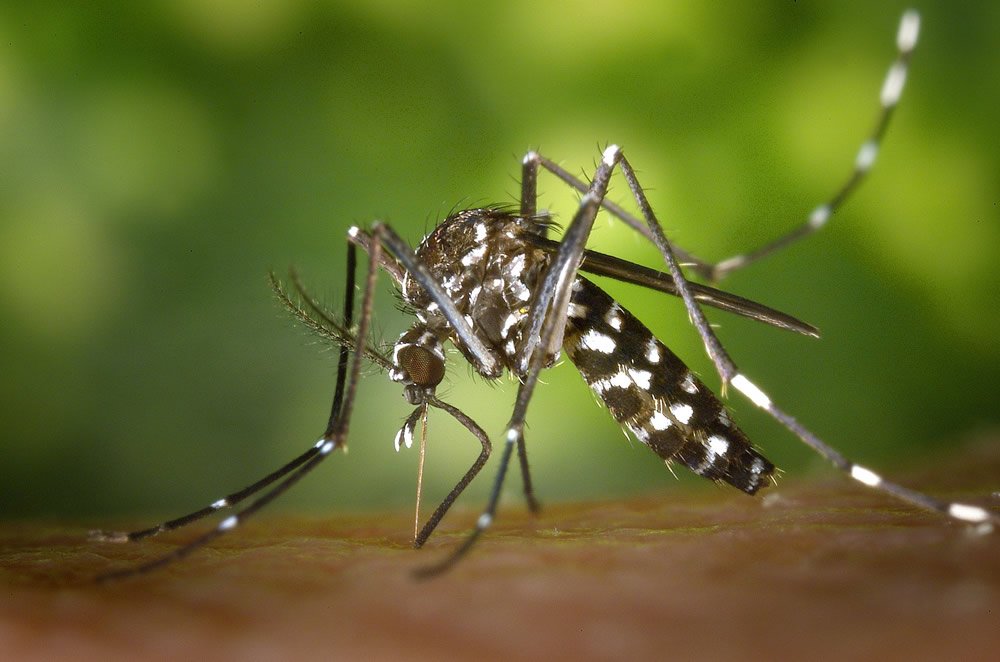
Fig. 6. The Asian Tiger Mosquito, Aedes albopictus, vector of Zika Virus and Dengue Fever. Image by El Grafo, via Wikimedia Commons.
Researchers have strongly suspected the mosquito Aedes aegyptii (Fig. 7), known for spreading several deadly viruses, was also the vector of Zika, but direct evidence had been hard to document. Now, researchers in Brazil report they have found the Zika virus in wild-caught A. aegypti. The researchers did not find the virus in other mosquito species captured in neighborhoods where Zika was spreading. This strengthens the case that A. aegypti is the primary vector of the outbreak. Research on how much A. albopictus is helping spread Zika is pending. It has been shown to be a Zika vector in Africa, but in Latin America it bites humans less frequently than A. aegypti (Vogel 2016).
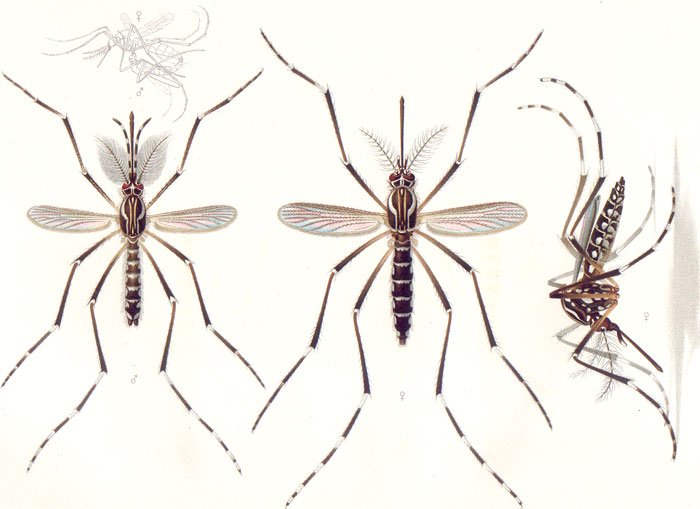
Fig. 7. Aedes aegyptii drawing of male is shown (left) and female (right) is illustrated. Image by Küchenkraut, via Wikimedia Commons.
Anopheles is the genus of mosquito that transmits malaria (Fig. 8). A. quadrimaculatus was the vector when malaria was common in the United States in the 1700s and 1800s (about 30,000 deaths in the Civil War were due to malaria). Although A. quadrimaculatus commonly inhabits swampy areas in the United States, malaria is very rare today in the USA. By contrast, this terrible disease is still quite common in Africa. For decades, biologists have described A. gambiae as the most dangerous animal on earth due its direct contribution in killing nearly 2 million children annually. Through this vector, malaria infects 200 million per year in Africa. A. gambiae is the vector for the most deadly species of malaria, Plasmodium falciparum (Fig. 9). Like all mosquitoes, it is attracted to humans and thrives in and around human dwellings. The majority of cases take place in Africa where Third World living conditions make it easy for these mosquitos to target humans. In rural Africa, in a single night one could accumulate 50–100 mosquito bites with 1–5 of those bites containing sporozoites of P. falciparum. Infections with P. falciparum can be identified in microscopic examination of stained blood smears by the triple trophozoite signet rings, appliqué formations, and/or the headphone formation of rings in erythrocytes (Fig. 8).

Fig. 8. Two Anopheles gambiae mosquitoes as the female at the top of the image was in the process of egg laying atop a sheet of egg paper. The male is at the bottom of the image. A. gambiae is the principal vector of malaria in Africa. Image from Public Wiki Commons Images.

Fig. 9. Plasmodium falciparum, parasite of deadly malaria. Image by Filip em, via Wikimedia Commons.
Anopheles gambiae (Fig. 8) is considered a "complex" of 7 or more species of mosquitoes ranging across Africa. A. gambiae is strongly attracted to humans and their habitats. By contrast, A. dirus in Asia breeds in small pools away from human inhabitation and is less likely to bite, but more difficult to control (Roberts, Janovy, and Nadler 2013). Anopheles gambiae larvae are attracted to pollen in mud brick houses, indicative that plants were the mainstay diet of mosquitoes in both a pre-Fall and post-Fall world. An understanding of this fact and building more solid brick houses can change the abundance of malaria mosquitoes (Spielman and Antonio 2001).
Culex quinquefasciatus (considered a subspecies of C. pipiens) often breeds in cesspools and latrines (Fig. 10). It is a vector of over 90 million filariasis (“elephantiasis”) cases. In southeast Africa a survey of a pit latrine yielded an average of 13,000 mosquitoes per night. C. quinquefasciatus also transmits avian malaria in Hawaii and negatively impacts birds that lack immunity (Roberts, Janovy, and Nadler 2013).
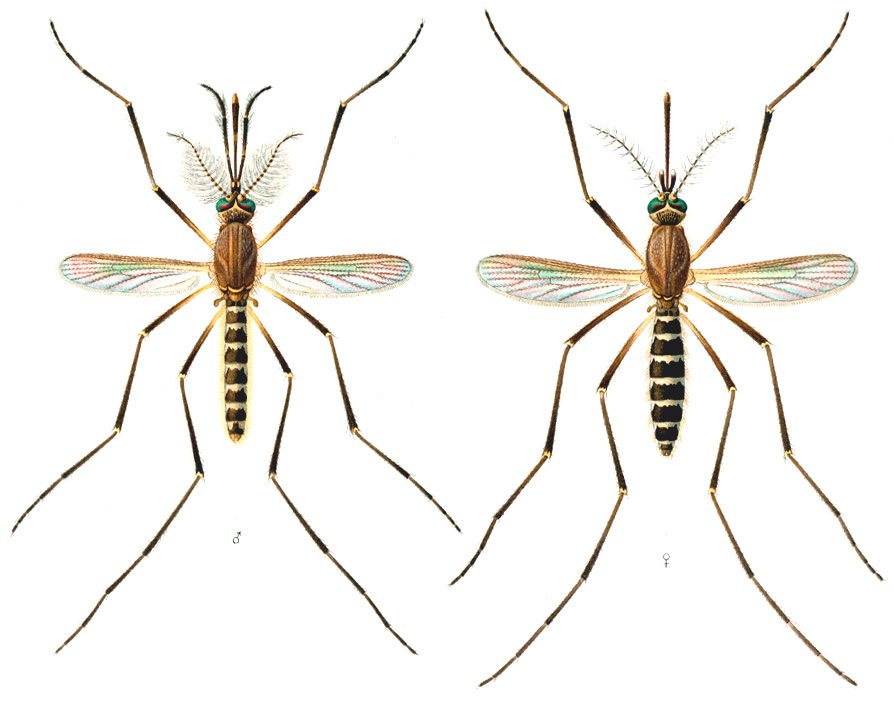
Fig. 10. Culex quinquefasciatus male (left) and female (right). Image by Küchenkraut, via Wikimedia Commons.
Most mosquitoes do not carry diseases. It should be pointed out that only certain mosquito species cause specific diseases. Even those that are capable of carrying pathogens or parasites do not for a variety of reasons. In the US there are still many Anopheles mosquitoes, but malaria infection is extremely rare in the United States. This is known as vector specificity. For example, only certain Anopheles species (approximately 50 of 450 spp.) transmit Plasmodium. Why? Vectors have host and ecological specificity. There is specificity in regard to physiology and immunology. A physiologically suitable condition (pH, nutrients, etc.) must exist between the mosquito and its deadly cargo, and the pathogen or parasite must also be immunologically tolerant to the mosquito vector.
There are also ecological and behavior specificity factors that predict whether mosquito populations are potential disease carriers. The malaria parasite will not grow at high altitudes nor artic regions of the world: this is ecological specificity. In addition, arboreal species of Anopheles are not known to come into contact with humans. Finally, in what mosquito experts call BRN (basic reproduction number), the least powerful element in predicting disease is vector abundance. Although focused feeding is a significant factor, longevity is perhaps more important, resulting in a common phrase among medical entomologists: “an old mosquito is your worst enemy” (Spielman and Antonio 2001).
| Disease | Pathogen/Parasite |
|---|---|
| Malaria | Plasmodium |
| Zika Virus Disease | Flaviridae (DNA) virus |
| Filariasis | Wucheria bancrofti and other filarial worms |
| Dengue Fever | Flaviridae (DNA) virus |
| West Nile Virus | Flaviridae (DNA) virus |
Pioneers and Prizes
It should be noted that the 2015 Nobel Prize in Physiology and Medicine went to William C. Campbell and Satoshi Ōmura for their discoveries concerning a novel therapy (Ivermectin) against infections caused by filariasis (“elephantiasis”), a mosquito-borne disease and also to Youyou Tu for her discoveries concerning a novel therapy (artesminin) against malaria.
It should also be noted that many Nobel Prizes and historical awards have been given to Christian mosquito and microbe hunters: Walter Reed, Patrick Manson, and Ronald Ross.
Surgeon-Major Ronald Ross was able to view, for the first time, “pigmented bodies” (i.e. oocysts) beneath the gastric lining of a "dappled-wing" mosquito (female Anopheles). He later penned the following, giving glory to God for this important discovery of the malaria parasites:
This day relenting God
Hath placed within my hand
A wondrous thing, and God
Be praised. At this command,
Seeking His secret deeds
With tears and toiling breath,
I find thy cunning seeds,
Oh million-murdering Death.–Surgeon-Major Ronald Ross, August 1897

Fig. 11. Walter Reed at rank of major (19th century photograph). Image by Valérie75, via Wikimedia Commons.
Dr. Walter Reed should be honored, too, for he gave his life in the search for the vector of yellow fever (Fig. 11). Like Zika disease, it also is carried by an Aedes aegyptii mosquito (Fig. 12) and is caused by a virus in the family Flaviridae. These men and the other noble volunteers saved the world incalculable misery and, as a bonus, eased the building of the Panama Canal. Walter Reed was ever a man of faith (Gillen 2009). Major Reed's brilliant scientific achievement—what entitles him to be called "the conqueror of yellow fever"—is that he produced that evidence and proof. Walter Reed was able to clearly prove that mosquitoes were the vectors of the yellow fever pathogen. Reed's biographer wrote that his principles as a Christian were distinguishing traits. The greatest lesson to be learned from Reed's productive life is that happiness and usefulness lie in giving what we can to life rather than getting what we can from it. Many who knew him called Reed blameless, "mad to help his fellowmen." Indeed, it is no surprise our national hospital (Walter Reed Hospital) is named for such men (Gillen 2009). Currently at Walter Reed Institute, biologists are actively working on a malaria vaccine for the military and cooperating on government control measures for Aedes mosquitoes in this country. One of the coordinators is a Christian.
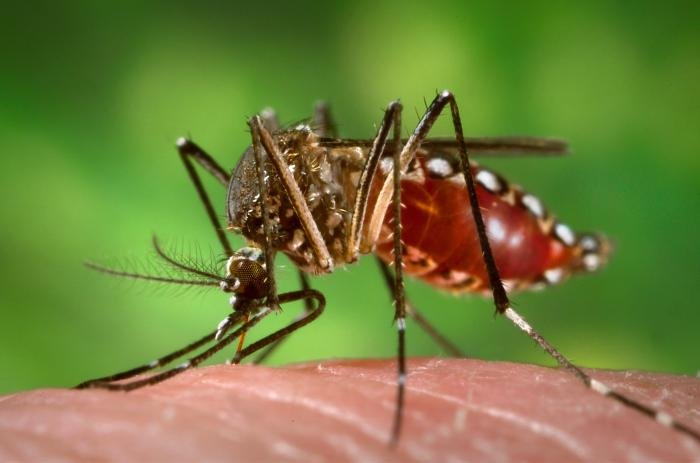
Fig. 12. Female Aedes aegyptii mosquito as she was in the process of obtaining a “blood meal.” Image by Der Lange, via Wikimedia Commons.
In short, the discovery of mosquitoes carrying the yellow fever virus has helped to alleviate untold suffering, just as patient research by Sir Ronald Ross revealed mosquitoes carrying the Plasmodium parasite. The process of detecting and investigating causes of disease is often tedious but the outcome of potentially saving millions makes this effort worthwhile. The result of insect vector research has led to decades of aggressive mosquito-control measures and patient treatments. Likewise, learning to detect design in nature (Romans 1:21) and then telling others helps people discover the Creator of all.
Summary and Conclusions
The trouble with mosquitoes is that the females take our blood for protein in making their eggs. In the transfer, sometimes they pass along their cargo (pathogens or parasites), which is what makes us sick. This is how we think about mosquitoes, though males never take blood, and mosquitoes for most of their lives eat nectar, plants, pollen, and microbes. In fact, one mosquito kind never takes blood and eats nectar for its metabolic needs its entire life. Mosquitoes pollinate flowers and assist in various positive roles (such as nutrient recycling in waters) in the ecosystem and are actually good for the earth, but we rarely hear that story. They are indeed a part of the very good creation in the larger sense. Unfortunately, a minority of mosquito species cause great devastation to man and animals because of the agents they carry and are thus the most dangerous animals on earth.
History, current events, and future events (Revelation 6) all point to cycles of pestilences—part of man's journey on earth since the Fall. Mosquito-borne diseases are well known and have resulted in the deaths of untold millions. However, as research continues, it shows not only that many species of mosquitoes do not feed on man or animals, but also that blood-feeding capability has been shown to be recent in some species. Mosquitoes may have been pollinators and fed on plant extracts much like hemoglobin—a compound called leghemoglobin. These tiny Dipterans are a marvel of design and complexity, from their sophisticated life cycle and sensory apparatus to the incredible mouthparts of the female. Scientists who were Christians were involved in much of the early mosquito and microbe research. Our hope and prayer is that God, the Creator and Great Physician, would raise up Christian biologists and doctors who will discover, prevent, and treat mosquito-borne diseases presently and in the future.
References
CDC. 2016. About Zika Virus Disease. Center for Disease Control and Prevention. http://www.cdc.gov/zika/about/index.html.
Gates, W. 2014. The Deadliest Animal in the World. March 25, 2014. https://www.gatesnotes.com/Health/Most-Lethal-Animal-Mosquito-Week.
Gillen, A. L. 2007. The Genesis of Germs: Disease and the Coming Plagues in a Fallen World. Green Forest, AR: Master Books.
Gillen, A. L. and F. Sherwin. 2013. The Genesis of Malaria. The Origin of Mosquitoes and Their Protistan Cargo, Plasmodium falciparum. (Posted June 19, 2013, Answers in Genesis, https://answersingenesis.org/biology/disease/the-genesis-of-malaria/).
Pennisi, E. 2014. Gene turns mosquito into vampire. Science. http://www.sciencemag.org/news/2014/11/gene-turns-mosquito-vampire.
Roberts, L. S., J. Janovy Jr., and S. Nadler. 2013. Schmidt and Roberts’ Foundations of Parasitology, 9th Ed., Boston, MA: WCB McGraw-Hill.
Rockefeller University Newswire. 2014. Research suggests how mosquitoes evolved an attraction to human scent. http://newswire.rockefeller.edu/2014/11/12/research-suggests-how-mosquitoes-evolved-an-attraction-to-human-scent/.
Spielman, A. and M. D’Antonio. 2001. Mosquito: A Natural History of Our Most Persistent and Deadly Foe. New York: Hyperion.
Vogel, G. 2016. Top mosquito suspect found infected with Zika. Science Magazine Update. May 23, 2016. http://www.sciencemag.org/topic/zika-virus.
Recommended Resources

Answers in Genesis is an apologetics ministry, dedicated to helping Christians defend their faith and proclaim the good news of Jesus Christ.
- Customer Service 800.778.3390
- Available Monday–Friday | 9 AM–5 PM ET
- © 2025 Answers in Genesis

